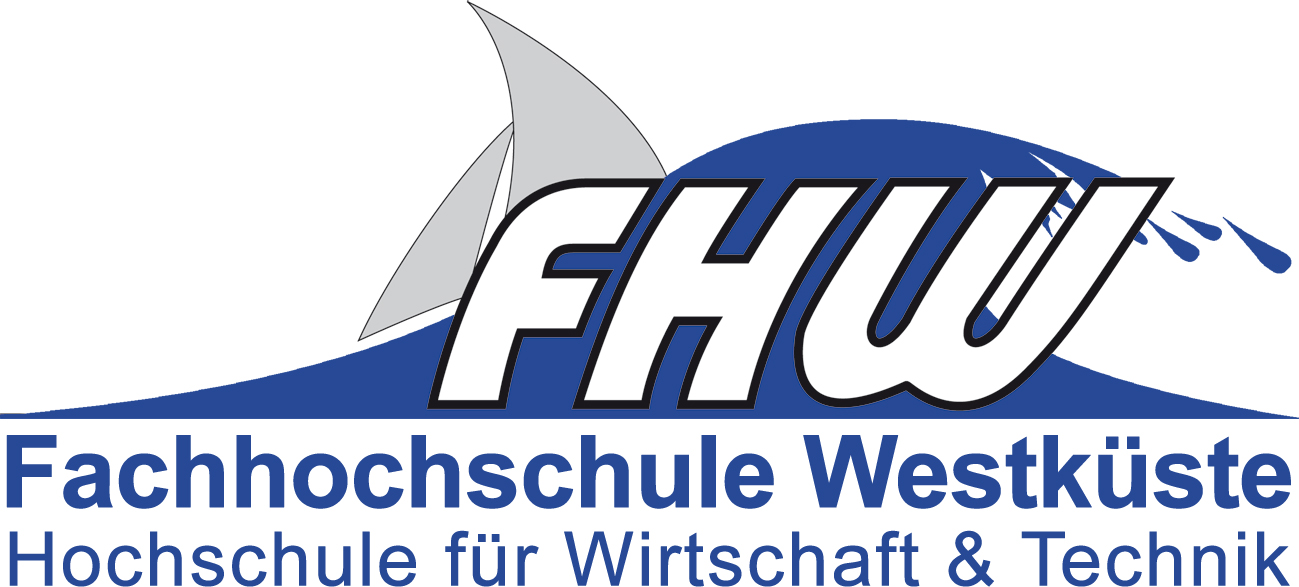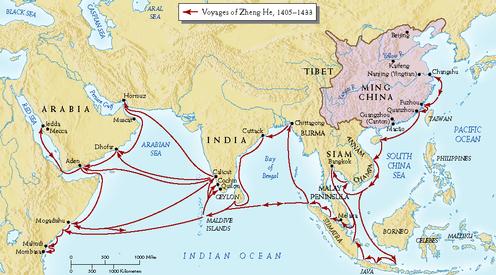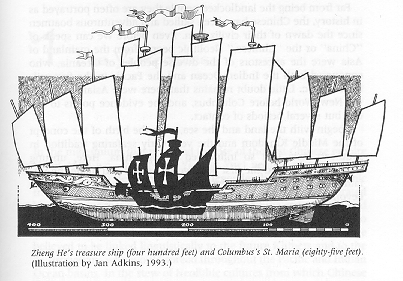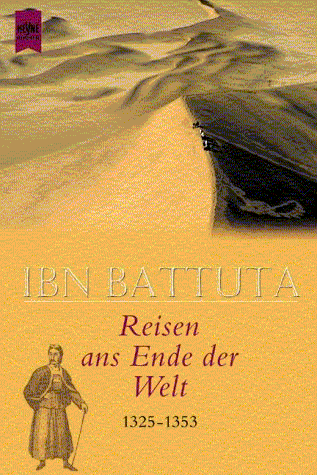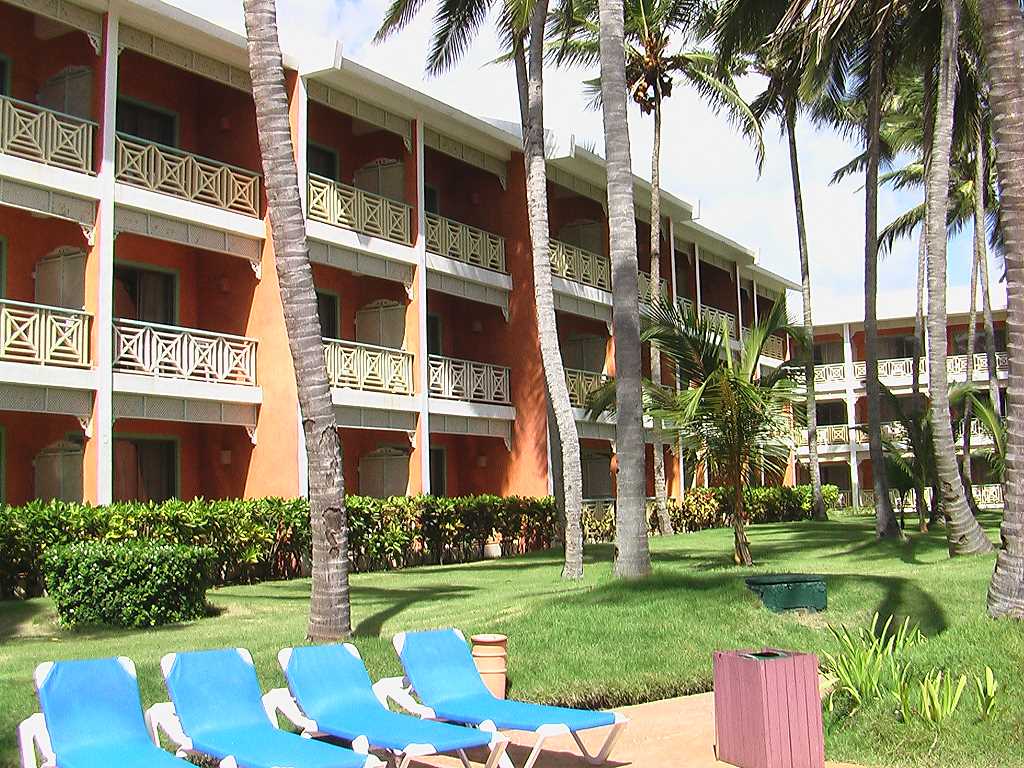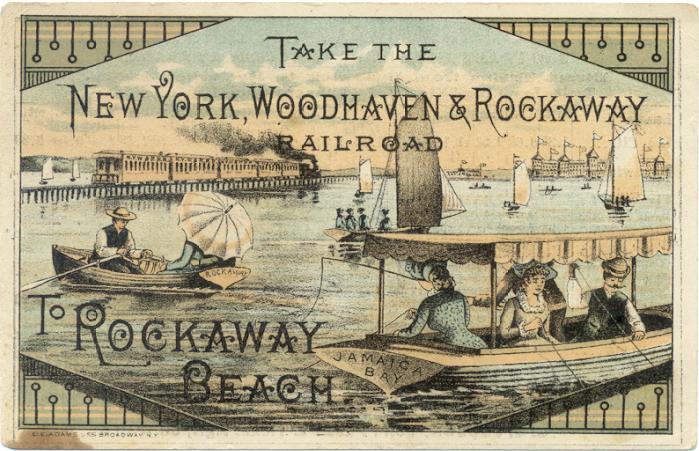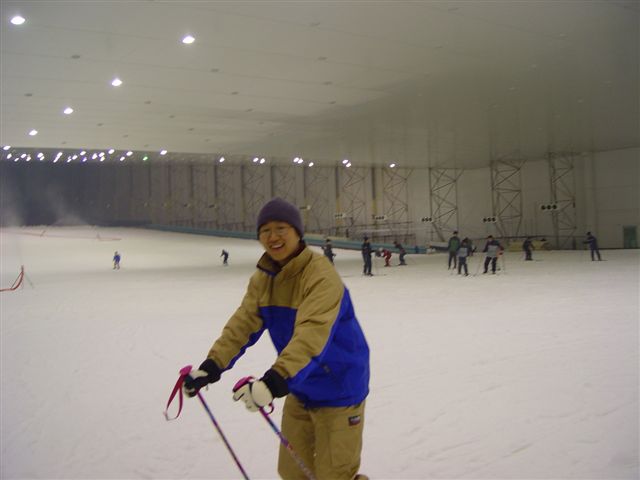|
|
pre-modern
(up to 18th c.)
|
modern
(19-20th c.)
|
post-modern
(21st c.)
|
|
|
"Discovery"
|
"Acquisition"
|
"Invention"
|
|
Who
is travelling?
|
few
very
rich; adventurers, traders
|
growing
numbers,
rich people plus
Europe
/ North America:
middle classes
(19th c.)
working classes
(20th c.)
Asia / South America:
middle
classes (21th c.)
|
Almost
everybody
People are host
and guest at different times
|
|
Motivation
|
Discovery,
Distinction
|
Acquisition,
Relaxation
|
Invention,
Experience
|
|
Impact
on destination
|
physically
minimal
culturally medium
|
new
infrastructure, touristification
impact
also on source region
|
glocalisation
of destinations
invention
of artificial places
|
|
Development
of tourism Industry
|
almost
not existing
|
strong
growth
|
diversification
|
|
Duration
|
long
time
(months, years)
|
medium
length (weeks, months)
|
short
(days) or long (years)
|
|
Relation
to daily life
|
Travel
part of life
|
Clear
split between working time and
leisure time/tourism
|
Travel
part of life
|
|
Consequences
for jobs in tourism
|
Almost no
specific jobs in travel and tourism
|
Development
of specific jobs, mostly organisation of
travel and sightseeing
|
Diversification
and segmentation of markets. Development
of complex labour market and job structure
|
|
Traveller
bring their own HRM infrastructure
Minimum specialisation
Travel and
Tourism as working field not existing (no
guilds, etc.)
Already
bad image (Wirtshaus connected to crime
and vice)
|
Specific
infrastructure and purpose-build structures
developed
Traveller
grow in numbers, but clear differentiation
between top and bottom market, no middle
market before app. 1970s
Beginning
internationalisation of workforce
|
Almost everybody
plays both roles of host and guest at different
times Tourism globally important economic
factor
High specialisation
of products and diversification of jobs
Strong internationalisation
of workforce
|
